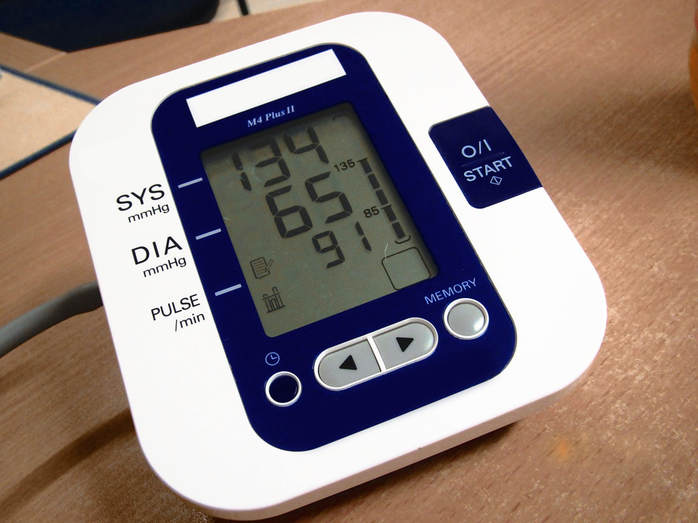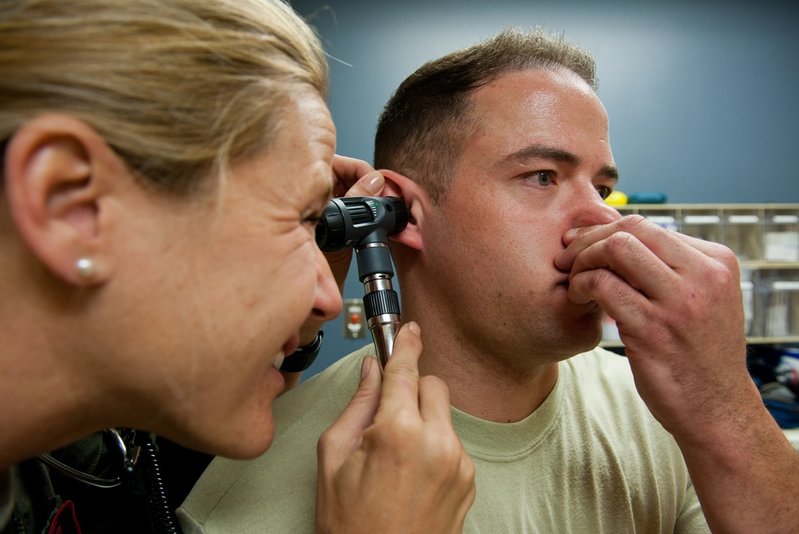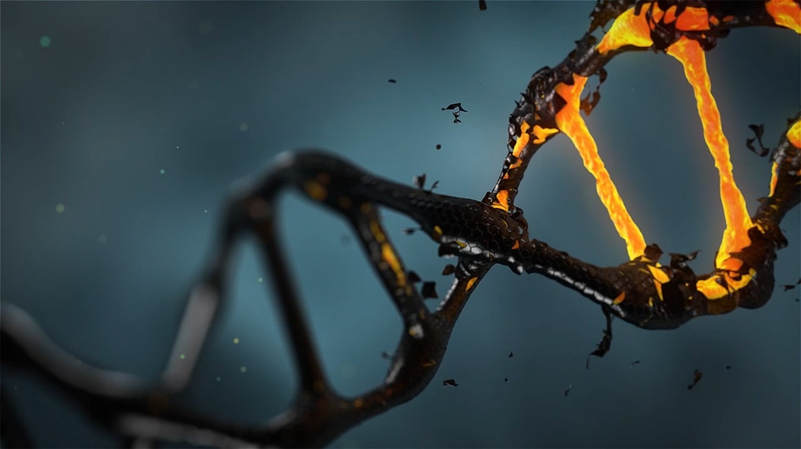How Skin Helps Regulate Blood Pressure
High blood pressure, or hypertension, is a condition that affects nearly 75 million Americans across the United States. There are many reasons why a person could develop high blood pressure, but having this condition can lead to increased risks for heart disease or strokes. A recent study has discovered that the skin has a role in regulating blood pressure.
A team from the University of Cambridge identified two genes called hypoxia inducible factors (HIFs) that work to regulate nitric oxide levels in the blood. They found that removing these genes from mice and inducing them to lower levels of oxygen, hypoxia, for a set amount of time caused severe fluctuations to occur in the blood pressure. Hypoxia causes there to be less oxygen in the blood, which then leads to less oxygen being delivered to cells and tissues throughout the body. They put mice in chambers and exposed them to different levels of oxygen ranging from 10% to 15% and allowed them to recover in normal oxygen levels. This experiment revealed numerous different trends from observing the data. The major trend that was consistent for both HIFs was that the more oxygen-deprived mice had more severe fluctuations in blood pressure and heart rate. These mice also took a longer period of time to recover to normal levels. The data revealed that the two HIFs regulate different processes in the body as one led to an increase in blood pressure while the other led to a decrease in blood pressure.
A team from the University of Cambridge identified two genes called hypoxia inducible factors (HIFs) that work to regulate nitric oxide levels in the blood. They found that removing these genes from mice and inducing them to lower levels of oxygen, hypoxia, for a set amount of time caused severe fluctuations to occur in the blood pressure. Hypoxia causes there to be less oxygen in the blood, which then leads to less oxygen being delivered to cells and tissues throughout the body. They put mice in chambers and exposed them to different levels of oxygen ranging from 10% to 15% and allowed them to recover in normal oxygen levels. This experiment revealed numerous different trends from observing the data. The major trend that was consistent for both HIFs was that the more oxygen-deprived mice had more severe fluctuations in blood pressure and heart rate. These mice also took a longer period of time to recover to normal levels. The data revealed that the two HIFs regulate different processes in the body as one led to an increase in blood pressure while the other led to a decrease in blood pressure.
Image Source: geralt
There are important distinctions to make between the two HIFs as they lead to different responses to hypoxia. The team identified two types of them, HIF-1 and HIF-2, which both control levels of nitric oxide. This was significant because nitric oxide helps dilate vessels and arteries in order to control blood pressure. The data from the study showed that removing HIF-1 from the mice led to decreased levels of nitric oxide, which then caused blood pressure to increase significantly when exposed to lower oxygen levels. The opposite was observed from HIF-2 mice in which nitric oxide levels increased, leading to a decrease in blood pressure from receiving less oxygen. This suggests that these two genes work together in order to normalize nitric oxide levels in the body to keep blood pressure level.
This recently conducted study was groundbreaking since the team was able to show that these two HIFs have a direct impact on heart and the cardiovascular system in relation to oxygen levels. This finding was significant because it increases understanding of the cardiovascular system and how it is connected to other organs. Ultimately, these discoveries could lead to new innovations in the treatment for high blood pressure that target levels of nitric oxide, such as developing new medications that help increase or decrease the levels of nitric oxide produced by the body. This could also be done through dietary changes in either increasing or decreasing foods that are rich in nitric oxide.
This recently conducted study was groundbreaking since the team was able to show that these two HIFs have a direct impact on heart and the cardiovascular system in relation to oxygen levels. This finding was significant because it increases understanding of the cardiovascular system and how it is connected to other organs. Ultimately, these discoveries could lead to new innovations in the treatment for high blood pressure that target levels of nitric oxide, such as developing new medications that help increase or decrease the levels of nitric oxide produced by the body. This could also be done through dietary changes in either increasing or decreasing foods that are rich in nitric oxide.
Featured Image Source: WerbeFabrik
RELATED ARTICLES
|
Vertical Divider
|
Vertical Divider
|
Vertical Divider
|






